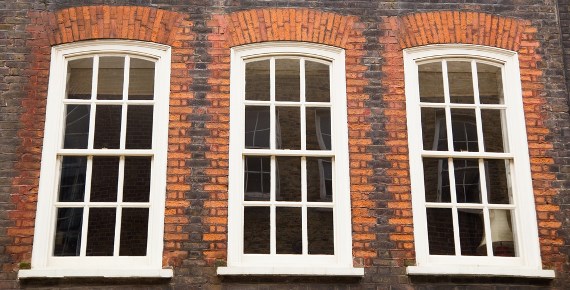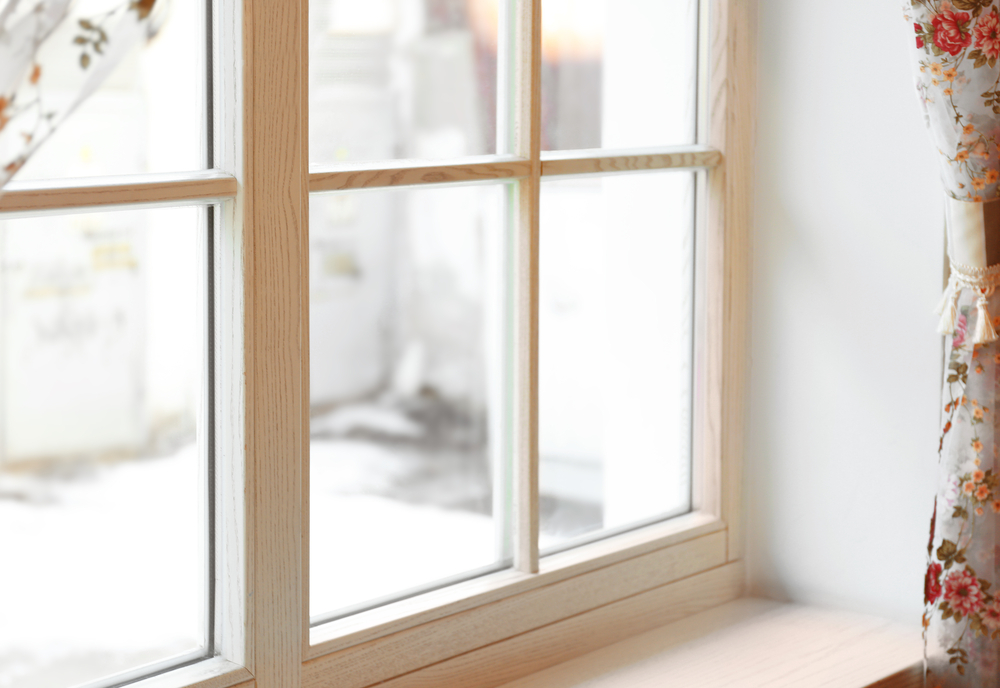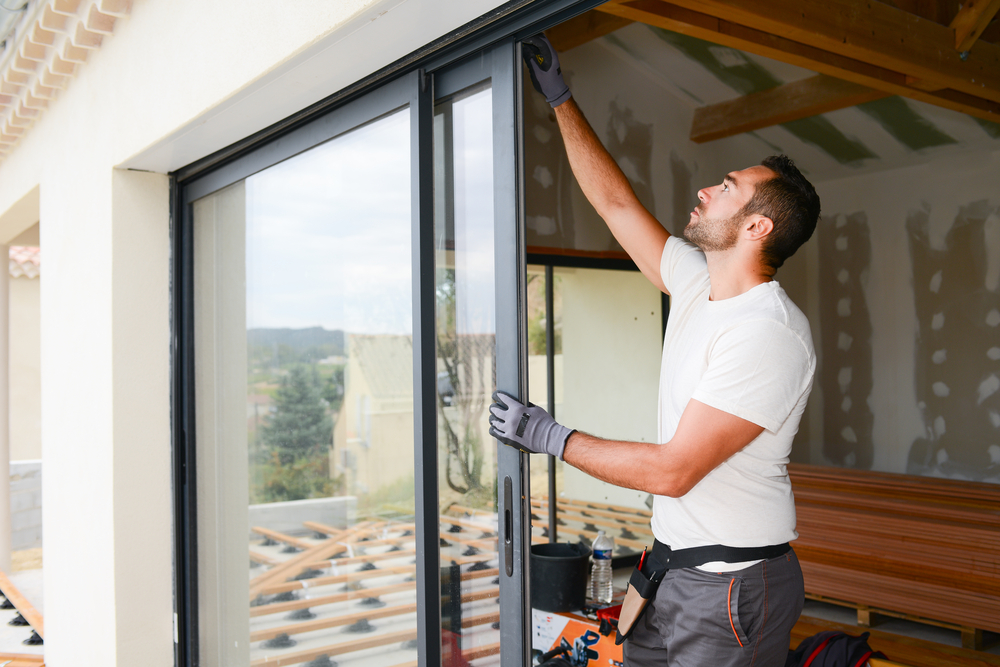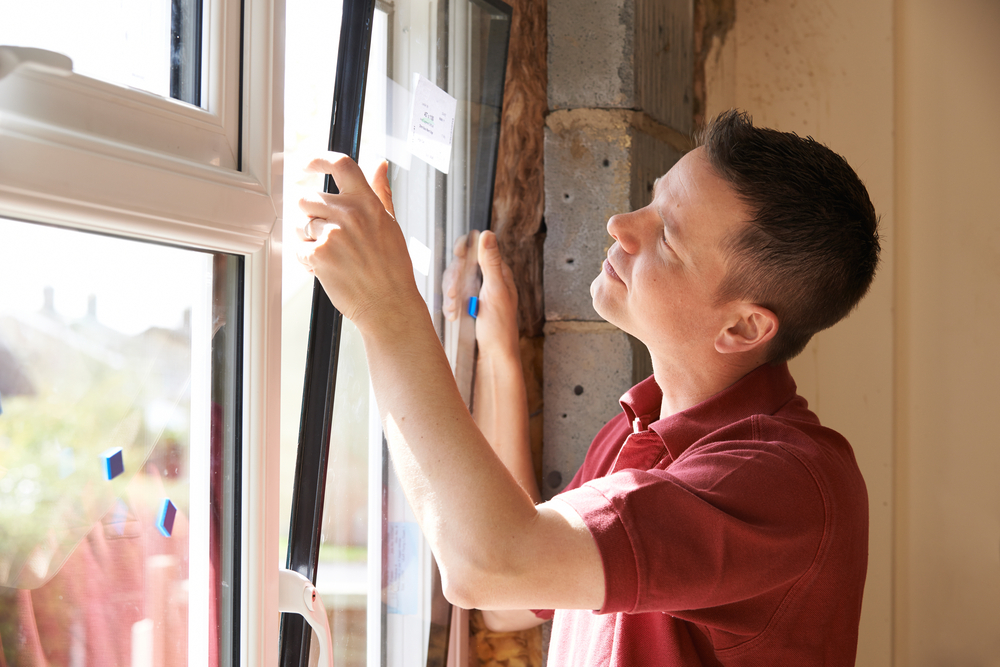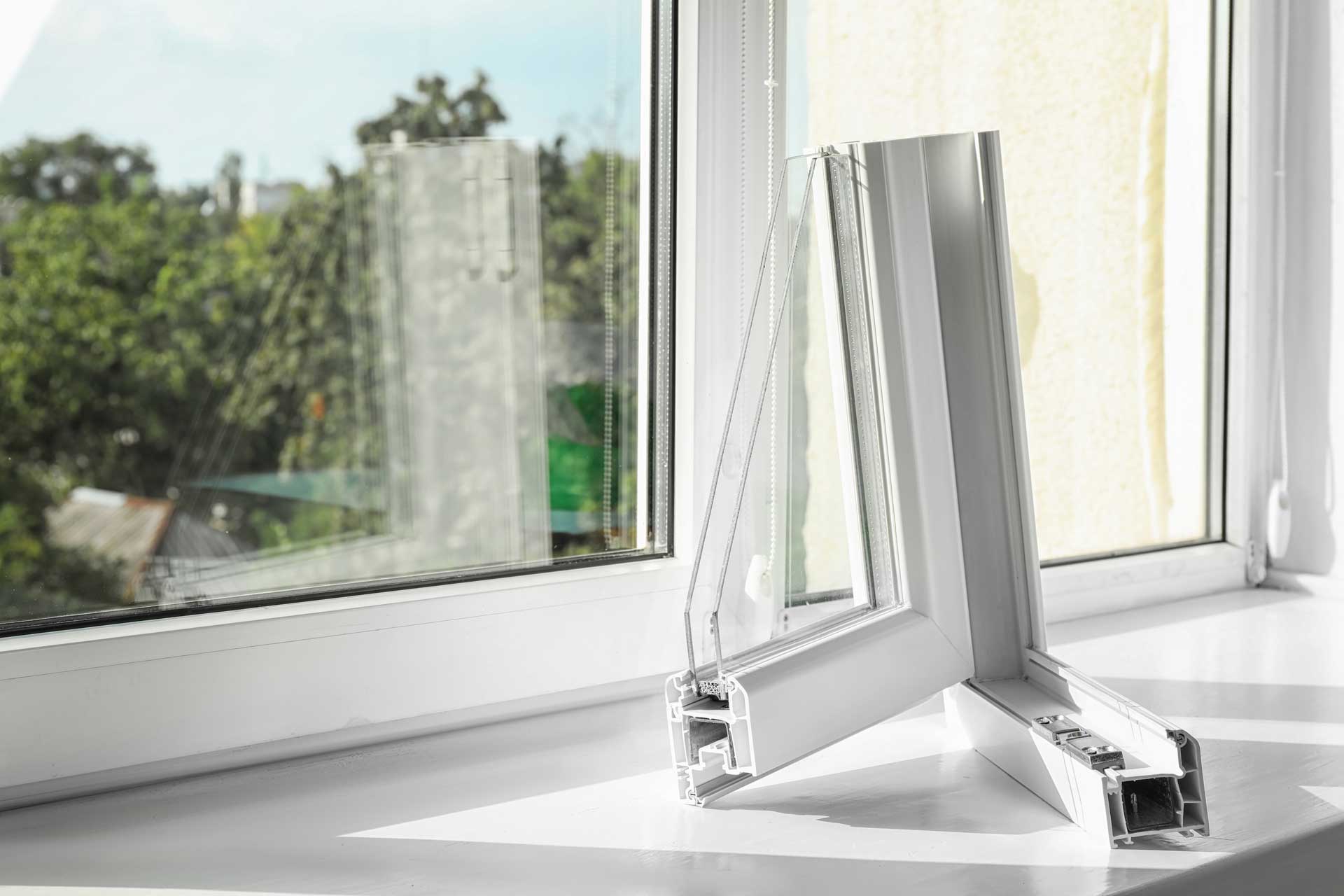One of the best ways to improve both the appearance and the efficiency of your home is to install new UPVC windows. This type of window really can do some great things not only for your home, but for your energy bills as well!
When modernising an old home, it is important to consider all the options that you have available. We would also advise that you bring in professional, certified people to take care of the home improvement installations. If you are particularly skilled at DIY, you might be able to install your own windows – though it can be risky and should be left for professionals.

Want to know how new UPVC windows can benefit your home? We have compiled a list of all the fantastic things these windows can do for you!
The Benefits Of New UPVC Windows
They are cost-effective – when it comes to windows, UPVC is a much cheaper material than other common window frames (such as timber or aluminium). This is not a sign of the quality, however. UPVC is both cost-effective and offers a wide range of fantastic benefits that you will read more about below.
Increased security for your home – As with all double glazing, your home will be more secure, and harder to break into for intruders. With UPVC windows, you get added security. This particular material is durable and strong, and is resistant to a surprising amount of damage. Due to this strength, UPVC windows can also act as somewhat of a deterrent for burglars and intruders.
Weather resistant – As an external element of your home, your windows are left exposed to the weather. This is not a problem for homes with UPVC windows. Whether it is rain or wind, or snow, your windows will remain strong, durable, and long-lasting.
They are energy efficient – These are great at stopping heat from escaping. Double glazing with a UPVC frame is incredibly energy efficient, and will help to reduce your carbon footprint. It will also help you to save on your energy bills.
Drop Us A Line Today For A Quote!
Want a quick quote today? Contact us to learn more!
